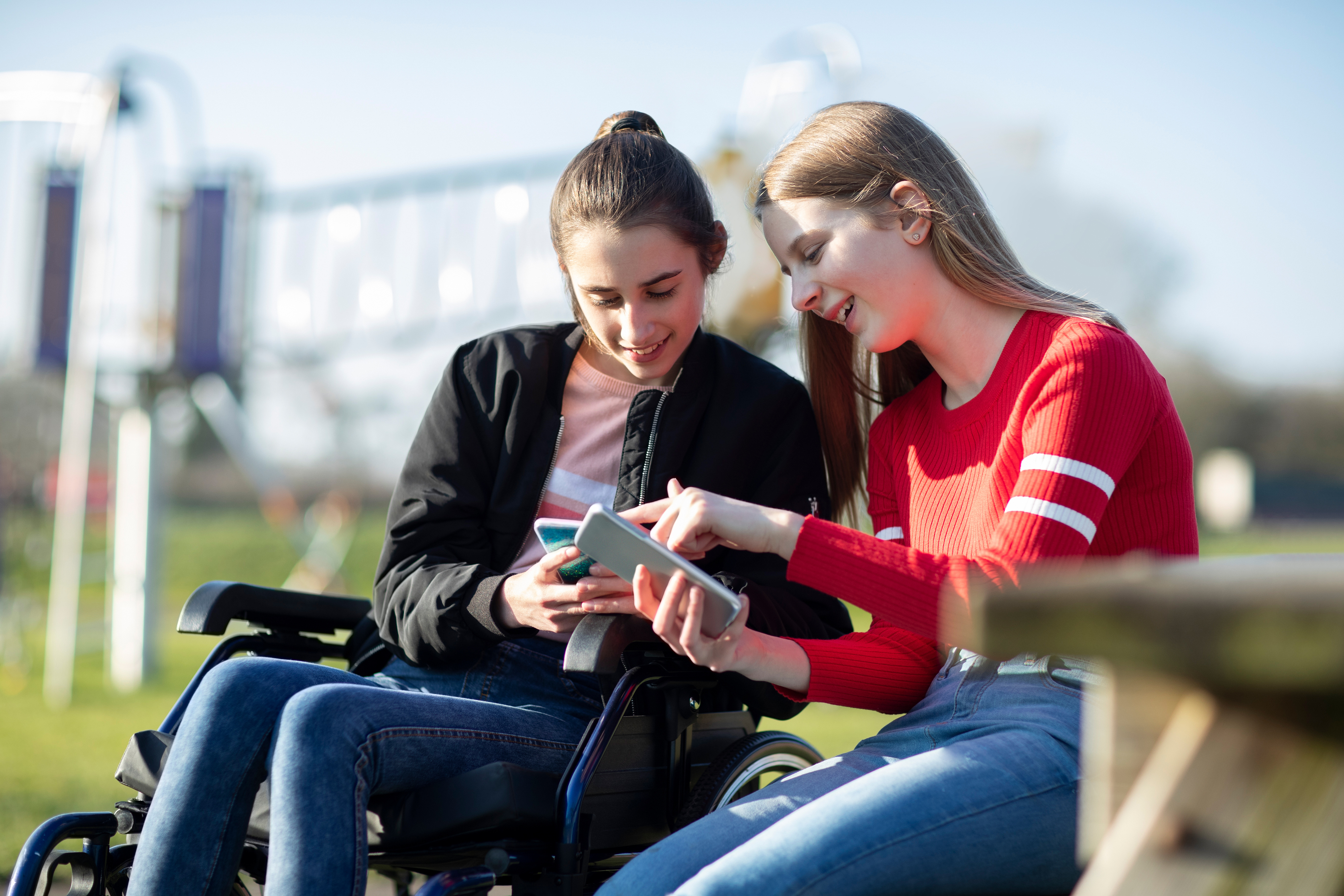Advice secondary menu
Video and image sharing
What you need to know
Video and image sharing apps allow your child to create, send and receive photos, videos and even live stream videos to their friends and other people around the world.
Video and image sharing continues to be popular because you can generate content to a global audience.
Your child might use these types of apps to develop their identity or showcase their talent, as well as learn about the world around them.
Advice for parents and carers
What can I do?
- Maintain supervision of your child when they are online
- Encourage your child to identify trusted adults who can help
It’s never too early to start teaching young children about technology and online safety. The early learning resource Playing IT Safe can help you do this.
Playing IT Safe is a free resource developed for prior to school aged children. It’s an introduction to digital technology and online safety education and includes a series of play-based activities that children can undertake in early learning environments with educators, and at home with parents and carers.
You can access Playing IT Safe at http://www.playingitsafe.org.au
What can I do?
- Be aware if the device your child is using has a camera or ability to take video
- Supervise your child while they’re on a connected device
- Your child should not send images or videos to people they don’t know.
If your child is in this age group they may be watching or streaming videos. There are many apps and services that allow for this, some marketed specifically for children in younger age groups. As with any service, you should do some research before deciding whether it’s appropriate for your child.
You should also be aware of how and where your child is using camera or video functions on a device. Many devices come with the ability to take photos or videos.
Talk to your child about the type of content they’re taking and sharing. For older children in this age group, encourage critical thinking about why they would send certain images and who they are sending them to.
Your child should also know to always tell you or another trusted adult if someone online they don’t know asks them to send them a photo of themselves.
Personal information can be inadvertently given away in the videos and photos that your child shares with others, including their school, sporting team or their home location. Learn more about the importance of privacy and choosing strong privacy settings here.
Supervising your child while on a connected device can also prevent incidents of self-generated content.
What can I do?
- Talk to your child about their online interactions, who they might be communicating with and how
- Cover webcams while not in use
- If an interaction makes your child feel uncomfortable or unsafe, know how to block and report
Your child may be using video and image sharing apps to communicate with their friends, family and other people from around the world. They may be using these services to communicate with larger audiences to showcase their interests and creativity.
If your child is using a video or image sharing service, they should think critically about the type of content they’re creating and sharing. Video and image sharing services can create challenges including privacy, sharing illegal content and self-generated sexual content (selfies and pics).
Some apps have a ‘disappearing’ content function, where people can send direct messages, videos or photos directly to another person that ‘disappear’ after a short time. Despite this function, content can still be saved, recorded or screenshot.
You should also be aware of vault storage apps, sometimes referred to as ‘decoy or ghost’ apps, which are disguised as other apps and can be used to store private content. An example of this is a ‘calculator’ which looks like an ordinary calculator on a device however provides access to a secret image gallery once a password is entered.



